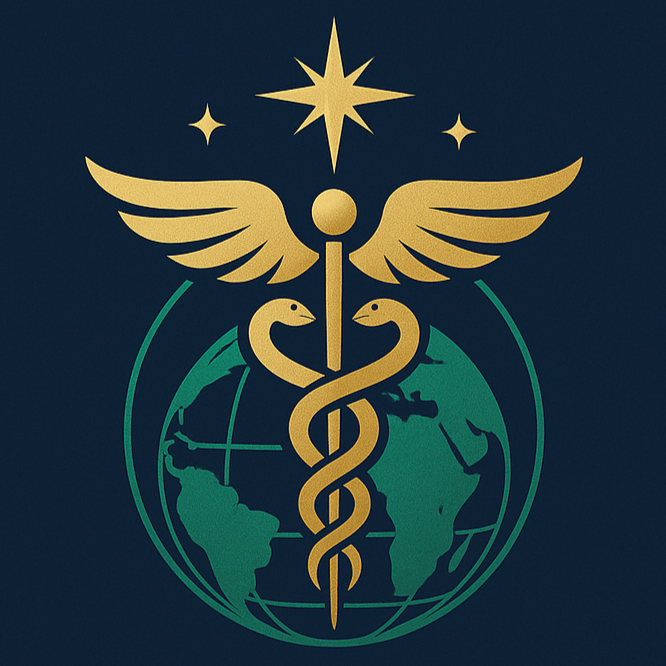IUI 人工受孕流程
人工受孕又可稱為人工授精 intrauterine insemination (簡稱IUI),透過生殖醫療技術將男性精子經過實驗室處理後,挑選出品質優良的精子,在女性排卵日時注入子宮腔內,精蟲須自行游到輸卵管末端與卵子結合。
Explanation of Intrauterine Insemination (IUI) Procedure
Suitable Candidates for IUI
Candidates for IUI can be categorized into male and female factors.
1. Male Candidates:
-
Sperm count ≥10 million per cc with normal motility and morphology
-
Sexual dysfunction or abnormal sexual function
-
Retrograde ejaculation
-
Congenital absence of the vas deferens
-
Poor sperm quality or chromosomal abnormalities in sperm
2. Female Candidates:
-
Women over 35 years old or with diminished ovarian reserve
-
Mild endometriosis
-
Irregular menstrual cycles
-
Mild tubal adhesions or partial tubal blockage
-
Unexplained infertility despite normal test results
IUI-related costs typically include:
-
Ovulation medication (oral or injectable)
-
Luteal phase support (e.g., progesterone)
-
Semen processing and insemination
-
Ultrasound scans
-
Blood hormone tests
IUI Treatment Process
Step 1: Infertility evaluation
Step 2: Begin IUI cycle after evaluation
Step 3: On menstrual Day 1–3, visit clinic for blood draw and ultrasound → Start ovulation medication (return on Day 8 for monitoring)
Step 4: On Day 14, take ovulation trigger shot ~36 hours before insemination
Step 5: Begin progesterone supplementation (Day 21)
Step 6: Pregnancy test (Day 31)
Male Procedure:
Abstain for 3–4 days before insemination
Collect semen by masturbation in a sterile container
Sperm is washed and motile sperm selected for insemination
Female Procedure:
Take ovulation medications or injections
Monitor follicle growth with transvaginal ultrasound
Once follicles mature, receive a trigger shot
Return for IUI within a specified window (usually 36 hours after the shot)
Sample IUI Timeline (For Reference Only)
- Before cycle: Initial infertility evaluation for both partners
- Day 2–3: Begin treatment, baseline ultrasound and blood tests
- Day 3–7: Take oral ovulation medications daily
- Day 6–10: Receive ovulation injections as prescribed
- Day 12: Return for ultrasound to monitor follicles
- Day 12–13: Ovulation trigger shot (if follicles are mature)
- Day 14: Semen collection and intrauterine insemination
- Day 14–30: Luteal phase support (progesterone)
- Day 31: Return to clinic for pregnancy test
Comparison: IUI vs. IVF
IUI – Intrauterine Insemination In vivo fertilization)
Women with open fallopian tubes
Men with slightly low sperm count or motility issues
Procedure: Ovulation stimulation (oral/injection) → Ultrasound → Ovulation trigger shot → Semen collection → IUI → Luteal support → Pregnancy test
Pregnancy Rate: Around 20%
Cost: Relatively low
IVF – In Vitro Fertilization (In vitro fertilization)
Women with low egg reserve, blocked fallopian tubes, or age >35
Men with poor semen quality or azoospermia
Couples with failed IUI cycles for more than 3 times
Procedure: Follicle monitoring → Egg retrieval → Sperm collection → Fertilization → Embryo transfer → Pregnancy test
Pregnancy Rate: Approximately 20%–80%, depending on individual factors
Cost: Significantly higher than IUI
Note: Sperm and egg must meet naturally inside the body. Fertilization occurs directly in the lab

